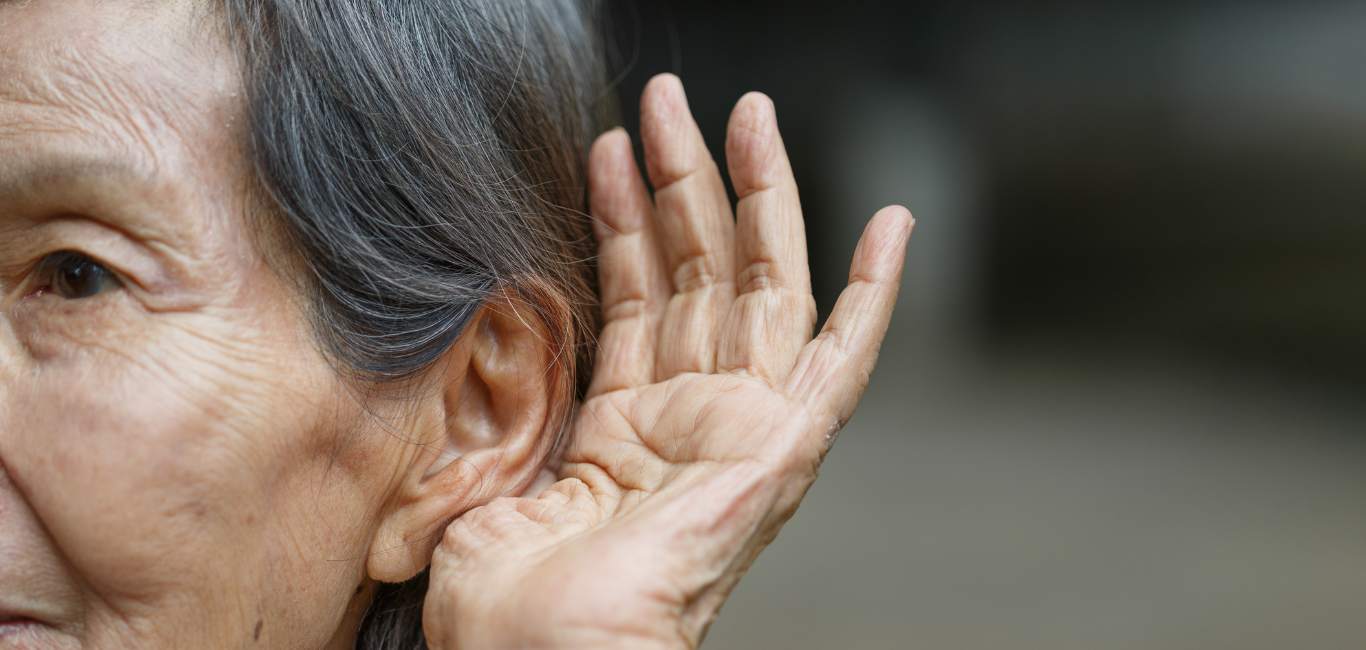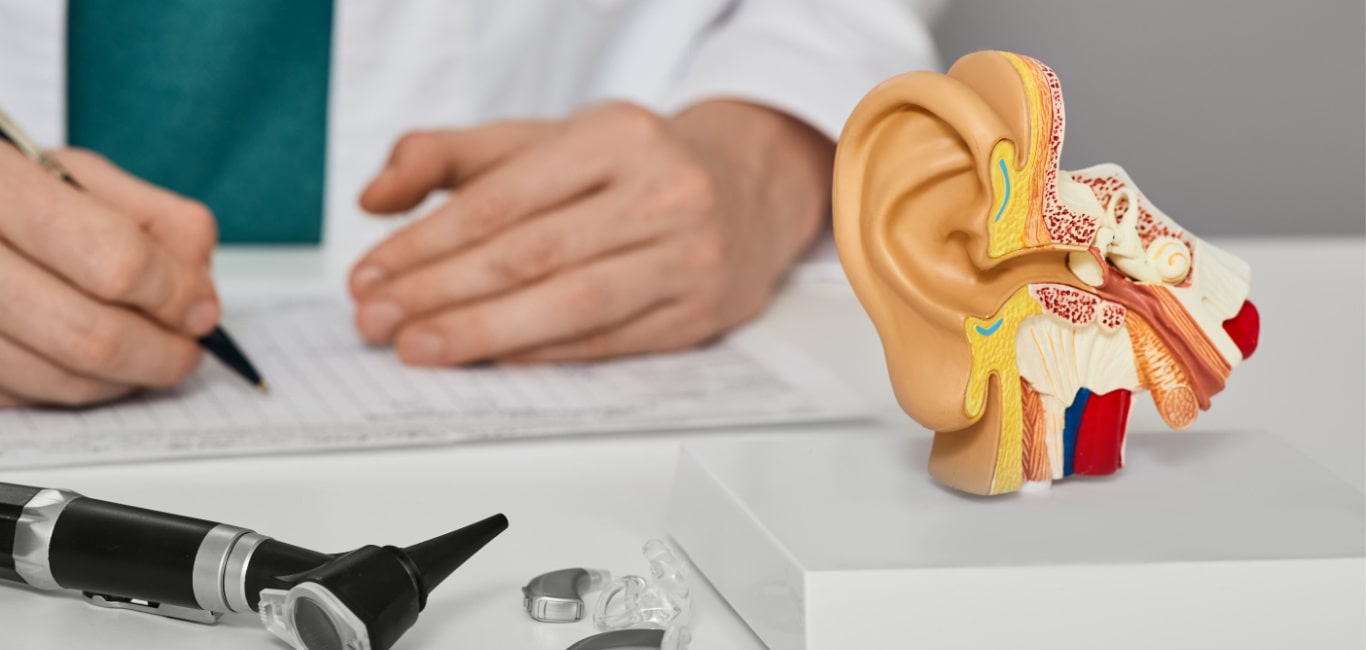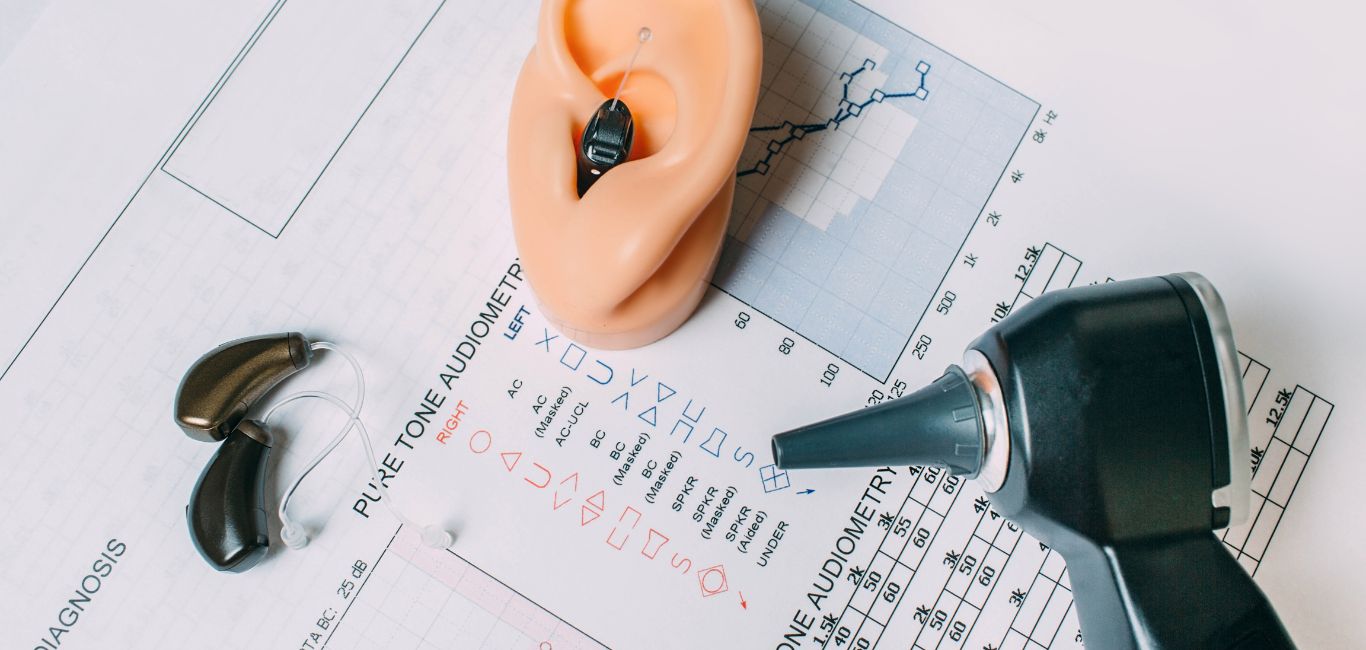
Sensorineural hearing loss (SNHL) is the term used to describe hearing loss that affects the inner ear, specifically the nerve that is in charge of hearing. According to Dr H K Susheen Dutt, senior consultant – ENT specialist, Fortis Hospital, Bengaluru, this condition involves damage to the cochlea (the spiral-shaped, fluid-filled organ in the inner ear that oversees translating sound waves into electrical signals) or the auditory nerve. It is distinct from conductive hearing loss, which typically involves issues in the outer or middle ear.
The severity of the hearing loss is categorised into levels such as mild (20 to 40 decibels), moderate (41 to 60 decibels), severe (61 to 80 decibels), and profound (more than 81 decibels). This classification aids in characterising and understanding the extent of the damage, ranging from a mild decrease in hearing to a complete inability to hear even loud sounds, as seen in cases of profound hearing loss.
Susheel Das, 68, a retired factory manager, two years back started to notice that he could not hear properly. “It began subtly, conversations becoming murkier, especially in crowded places.” He ignored it for a few days not thinking about it much, but then it became persistent.
Das visited an ENT expert with concerns about gradual hearing loss in both ears. He says that he had difficulty understanding conversations, particularly in noisy environments, and frequently asked people to repeat themselves. Additionally, he experienced a persistent ringing sensation in both ears (tinnitus). “I also have a history of type 2 diabetes, but it is managed by medication.”
Symptoms of SNHL
People experiencing sensorineural hearing loss may notice the following symptoms, says Dr Apoorva Reddy, senior ENT specialist, Kamineni Hospitals, Hyderabad:
- Gradual or sudden decrease in hearing
- Difficulty understanding speech, especially in noisy environments
- Tinnitus (ringing or buzzing in the ears)
- Sensation of fullness or pressure in the ears
Causes
Sensorineural hearing loss can result from various factors, including:
- Ageing: Age-related hearing loss, known as presbycusis, is a common cause of SNHL.
- Noise exposure: Prolonged exposure to loud noises can damage the delicate hair cells in the inner ear.
- Genetics: Genetic factors can contribute to an increased risk of developing SNHL.
- Illness or infection: Conditions such as Meniere’s disease can damage the inner ear.
- Medications: Certain medications, such as some antibiotics and chemotherapy drugs, may cause hearing loss.
- Trauma: Head injuries or trauma to the ear can lead to SNHL.
Sudden sensorineural hearing loss
Sudden sensorineural hearing loss (SSNHL) is a rapid-onset form of SNHL. “It requires immediate medical attention, and the exact cause is often unknown,” says Dr Reddy. Some possible triggers include viral infections, vascular issues, or autoimmune diseases.
Types of sensorineural hearing loss
There are three distinct categories of SNHL according to the National Library of Medicine, with Types 1 and 2 encompassing the majority (95 per cent) of affected people.
- Type 1 is characterised by bilateral profound sensorineural hearing loss and the absence of vestibular function.
- Type 2 is characterised by moderate hearing loss and intact vestibular function.
- Type 3 leads to progressive hearing loss with varying levels of vestibular function.
Diagnosis
The following diagnostic methods may be employed according to Dr Dutt:
- Medical history and physical examination: The first step in diagnosing sensorineural hearing loss involves a thorough medical history and examination by an expert.
- Audiometric testing: By measuring an individual’s threshold for hearing tones across a range of frequencies, this actively identifies the specific frequencies affected by hearing loss.
- Auditory brainstem response (ABR): ABR evaluates the electrical activity of the auditory nerve and brainstem in response to sound, helping to identify potential issues along the nerve pathway.
People experiencing reduced hearing without evident issues such as ear discharge or visible abnormalities in the ear canal may prompt the need for an audiogram to assess the presence of sensorineural hearing loss, according to Dr Dutt. “In cases involving newborns or infants, known as congenital sensorineural hearing loss, audiograms may not be suitable.” Instead, healthcare professionals employ a test called Auditory Brain Stem Evoked Response (ABR) to provide early insights into the nature and extent of hearing loss. For children above seven years, a standard audiogram becomes feasible.
Treatment
While SNHL is often permanent, various treatments can help manage the condition according to Dr Dutt:
- Hearing aids: Amplify sounds to make them audible.
- Cochlear implants: Surgical devices that stimulate the auditory nerve directly.
- Rehabilitation: Speech therapy and auditory training can enhance communication skills.
Das says that after his examination by the doctor, he opted for hearing aids, and after the fitting, he reported significant improvements in his ability to hear and understand conversations. “Even if the hearing aids help, I still have to go for regular follow-up appointments scheduled to monitor my hearing and make necessary adjustments to the hearing aids,” Das says.
Risk Factors
The risk factors for developing sensorineural hearing loss according to Dr Dutt are:
- Advancing age: Age-related hearing loss, known as presbycusis, is a common risk factor for sensorineural hearing loss. The gradual wear and tear of the inner ear structures contribute to hearing impairment over time.
- Metabolic disorders: Uncontrolled diabetes and other metabolic disorders may affect blood flow to the inner ear, potentially leading to damage and sensorineural hearing loss.
- Immune compromise: Any kind of immune compromise, whether due to certain medical conditions or medications, can increase the vulnerability of the auditory system to infections or inflammatory processes that may contribute to hearing loss.
- Cancer treatments: Chemotherapy and radiotherapy, commonly used in the treatment of cancer, could damage the inner ear and result in sensorineural hearing loss.
- Occupational noise exposure: In professions where people regularly experience high decibel levels, prolonged exposure to loud noises at work can damage the hair cells in the inner ear, causing sensorineural hearing loss.
Takeaway
The outlook for people with SNHL varies based on the severity, underlying cause, and how well they respond to treatment. Early intervention and appropriate management can significantly improve the quality of life for those with sensorineural hearing loss. Conductive hearing loss involves a disruption in sound transmission to the inner ear, often due to issues in the outer or middle ear. Sensorineural hearing loss results from damage to the inner ear or auditory nerve, affecting the ability to process sound signals.

















